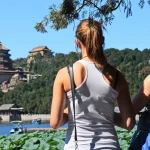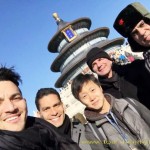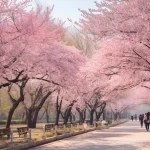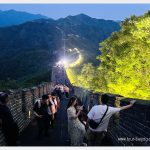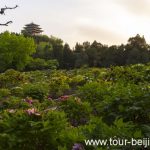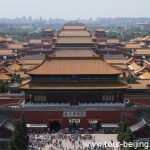Drive from Tingri to Mt.Everest Base Camp (Tips, Photos & Map)
On August 25, together with other 24 group members on a 35-seat bus, after 5 hours’ bumpy driving for 108km, we successfully reached the Mt.Everest Base North Camp in Tibet ( Qomolangma Base Camp) and saw the unparalleled beauty of the snow-covered peak of Mt.Everest under a clear sky. I’d like to make a trip…
